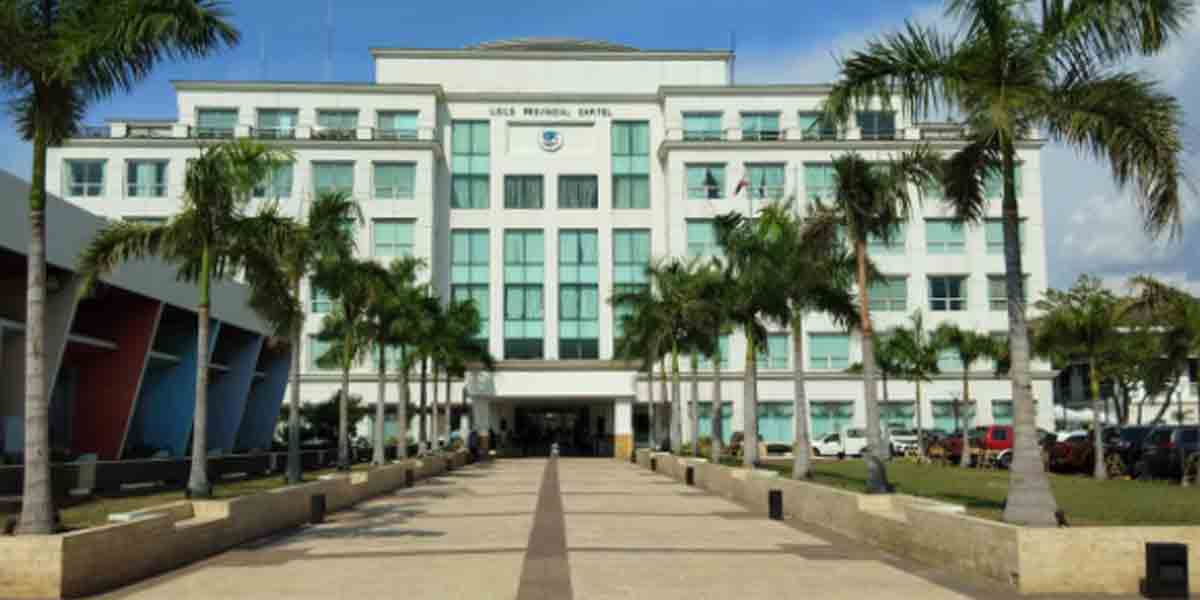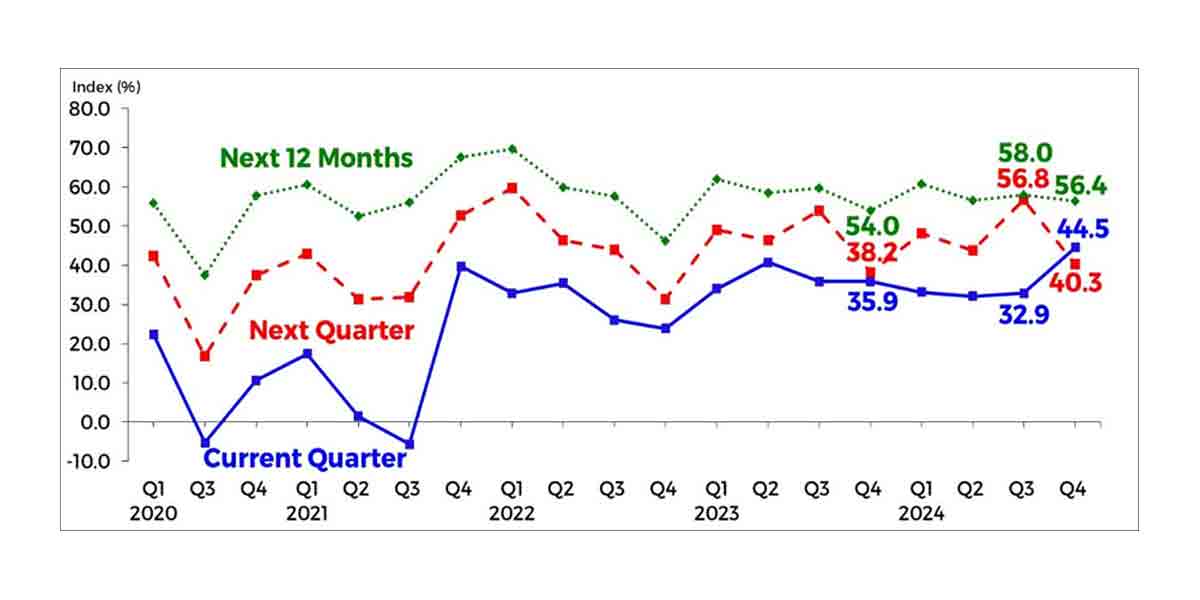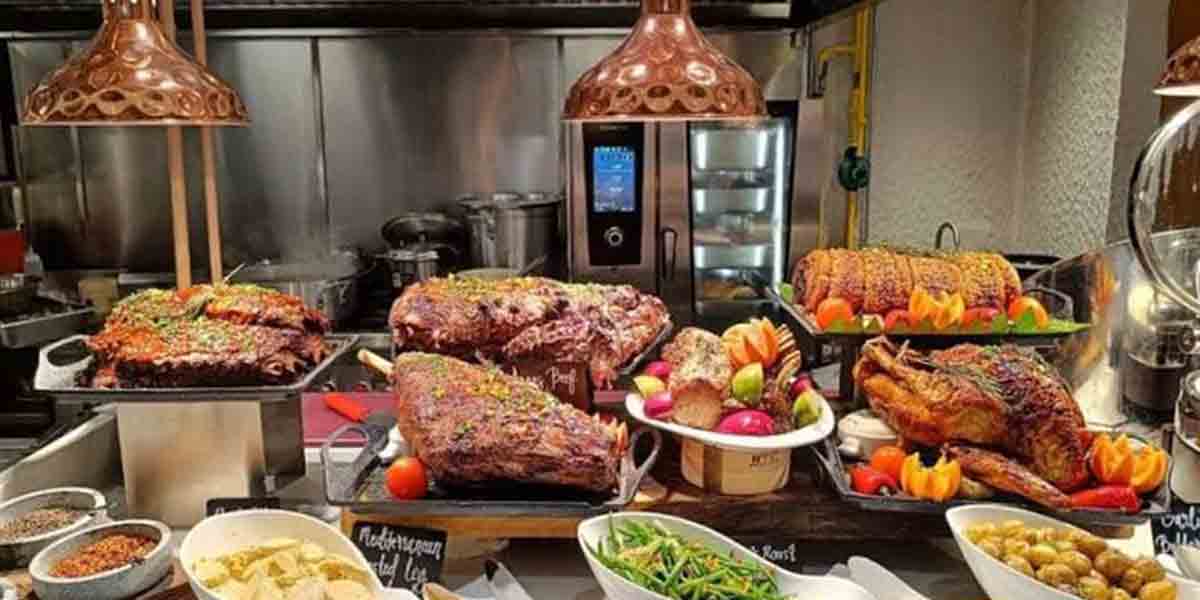By Noel Galon de Leon
The 2024 Iloilo Arts Festival (IAF), happening from October 12 to 26, presents an opportunity for the city to showcase its cultural and creative vibrancy, with its theme Creative Collaborations in the Community. While the festival is poised to bring together over 2,000 participants, encompassing nine diverse activities from architecture to cinema and visual arts, this article aims to examine one of its components: the SM Art Market: ImaginART at SM City Iloilo. My focus is to assess how the concept of this art market falls short in truly defining Ilonggo art, particularly during a time when its significance is increasingly questioned, and to explore how it engages with broader societal issues within the Ilonggo community.
First, let’s address the notion of an “art market.” While this event is labeled as such, it fails to capture the essence of a real marketplace, particularly in terms of audience engagement. The event feels more like a generic art showcase rather than a dynamic marketplace where artists and potential buyers engage meaningfully. The messaging is muddled, and the positioning of Ilonggo visual artists within the context of the market is underdeveloped. As an emerging art critic, I question the rationale behind organizing an art market in Iloilo, given the abundance of galleries and museums already present. Who is this event aimed at? Is there a specific Ilonggo art market, and if so, how do we communicate with it effectively? And, most importantly, do we understand the purchasing power of Ilonggos when it comes to art consumption?
The answers to these questions are crucial—not only to ensure that artists leave with their works sold but to foster a community-wide awareness of how to support and appreciate Ilonggo art. An art market should do more than simply showcase; it should engage the public, whether they are buying or not. The challenge lies in transforming this event into a “taboan” or true marketplace, one that draws people in and invites dialogue around art and culture.
In essence, in art markets like this, it is not only essential to witness the artwork but also to hear the voices of the artists themselves. This can be facilitated through conversations, art workshops, or public lectures that engage both the creators and their audience. I would like to emphasize, even at this early stage, that beyond the profit to be made, it is vital for such art markets to carry a meaningful purpose—one that aims to strategically position the Ilonggo art community within the broader, more global art marketplace. This requires a well-defined positionality and an insightful commentary on the prevailing dynamics of the local and national art scene, offering a reflective perspective on its current climate.
Here are some observations I noted during my visit to the opening day of the 2024 Iloilo Arts Festival—points that are noteworthy and warrant serious consideration from both the organizers and artists to enhance the significance of similar art initiatives:
First, proper lighting is essential in any art exhibition or art market. It not only enhances the visibility and appeal of the artworks but also significantly increases their chances of being sold, as they are presented in the best possible way to the audience. Unfortunately, during my visit to the 2024 Iloilo Arts Festival, I noticed that the artworks lacked adequate lighting. Many of the pieces could have been better appreciated by the public or potential buyers if the overall presentation had been more thoughtfully prepared. This is especially important in settings like a mall, such as SM City, where poor lighting puts the public’s appreciation of the artworks at a disadvantage. It’s surprising that this basic requirement was overlooked, considering its importance.
Second, the panel boards should be presented with more care and attention to detail. Many of the boards were dirty, unfinished, and poorly painted, which reflects poorly on the overall quality of the event. It’s disheartening to attend an art market where even the panel boards, which should serve as the backdrop for the artwork, are not properly maintained. While this might seem like a minor issue, it points to a broader range of technical shortcomings that can undermine the success of an art market. In cases like these, we see how a lack of preparation and haste can reveal the organizers’ failure to plan properly for the event. This is not just a matter of poorly painted panel boards, but a larger reflection of how the organizers may not take these art events seriously. It highlights a deeper concern about how the organizers must also ensure the protection of the artworks involved in the market. For example, some pieces were placed on pedestals or pillars, fragile and in need of extra care, yet there was no barrier or protection to safeguard them from potential accidents, such as being bumped by mall-goers.
Third, for events like this, it’s crucial to release marketing materials at least three months in advance. Timely and effective social media invitations would allow people to prepare and save up. This is especially important if the organizer truly intends to help the artists sell their works. With so many artworks available, early and consistent marketing is essential to ensure that a large percentage of the participating artists can make sales. In my view, the goal of art markets like this should not only be to showcase artworks—there are plenty of opportunities for that—but, in the context of an art market, the primary objective should always be to facilitate sales for all the participating artists. This can only be achieved through well-planned and intelligent marketing prior to the event.
If the LGU of Iloilo, Iloilo Festivals Foundation, Inc. (IFFI), and SM City are truly serious about this, they could further develop the idea of art tourism through this event. I believe our local artists’ works are not limited to the Western Visayas market. There are undoubtedly people or art collectors, both from other parts of the country and abroad, who are genuinely interested in what our Iloilo artists are creating. Had the marketing been launched earlier and more effectively, it’s possible that people from other regions, or even from abroad, could have attended the event to show their support.
Fourth, why wasn’t there an art catalog available for the entire event? In art markets like this, documentation is absolutely vital—not only for historical purposes but also to educate and guide potential buyers. An art catalog that compiles all the exhibited works plays a crucial role in helping the public, especially those genuinely interested in purchasing, make informed decisions. With so many artworks spread across the ground and first floors of the mall, a catalog serves as a necessary tool for navigating the offerings. Without it, buyers may feel lost or disinterested, and the opportunity for sales may be missed. The organizers need to realize that they aren’t just hosting a small, local event—an art catalog is essential to communicate the vision of the art market, introduce the artists, and showcase the scale of the event, emphasizing its significance beyond just a showcase organized by the LGU or the mall.
Fifth, if a full art catalog is not feasible, at the very least there should be a printed event map. This would serve as a practical guide, directing visitors to different areas of the mall where more artworks are displayed and available for purchase. Especially in a venue like SM City Iloilo, which isn’t inherently designed for such exhibitions, an event map is indispensable. It not only helps guide the audience but also enhances their understanding and appreciation of the event’s scope, allowing them to experience the full scale of the program in a more structured and thoughtful way.
No amount of lighting, catalogs, or event maps will matter if the exhibition lacks thoughtful curation. Without a skilled curator, the essence and purpose of an art event can be lost, diminishing its potential impact. Above all, the event must possess a strong visual appeal that draws in anyone who happens to pass by. Without meticulous planning and curation, the event will fail to capture the public’s attention, much less inspire support for the initiative.
The role of the curator in such exhibitions is vital—not just to arrange the artworks, but to craft a narrative that engages the audience, especially the local community the event aims to reach. A curator ensures the exhibition’s messaging is cohesive and impactful, turning a simple display of art into a meaningful cultural experience. A well-curated event fosters a deep connection with the public, transforming it into a significant conversation that provokes thought and cultivates lasting support for the artists.
Noel Galon de Leon is a writer and educator at University of the Philippines Visayas, where he teaches in both the Division of Professional Education and U.P. High School in Iloilo. He serves as an Executive Council Member of the National Commission for Culture and the Arts-National Committee on Literary Arts.





















